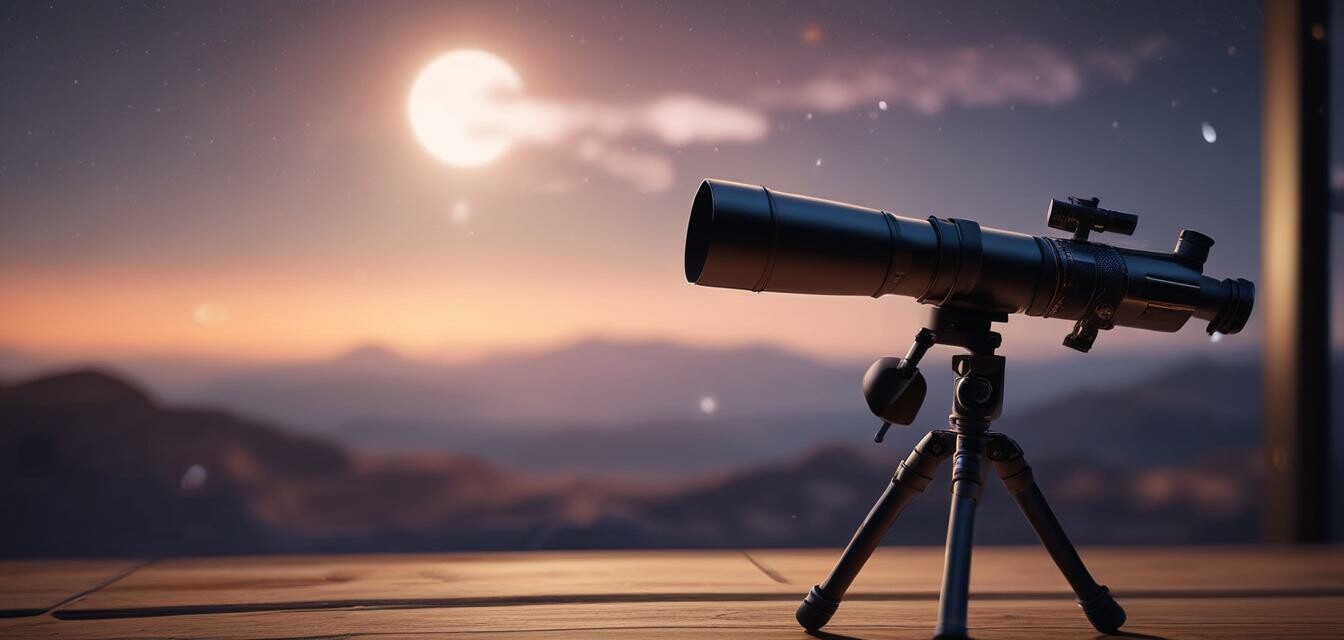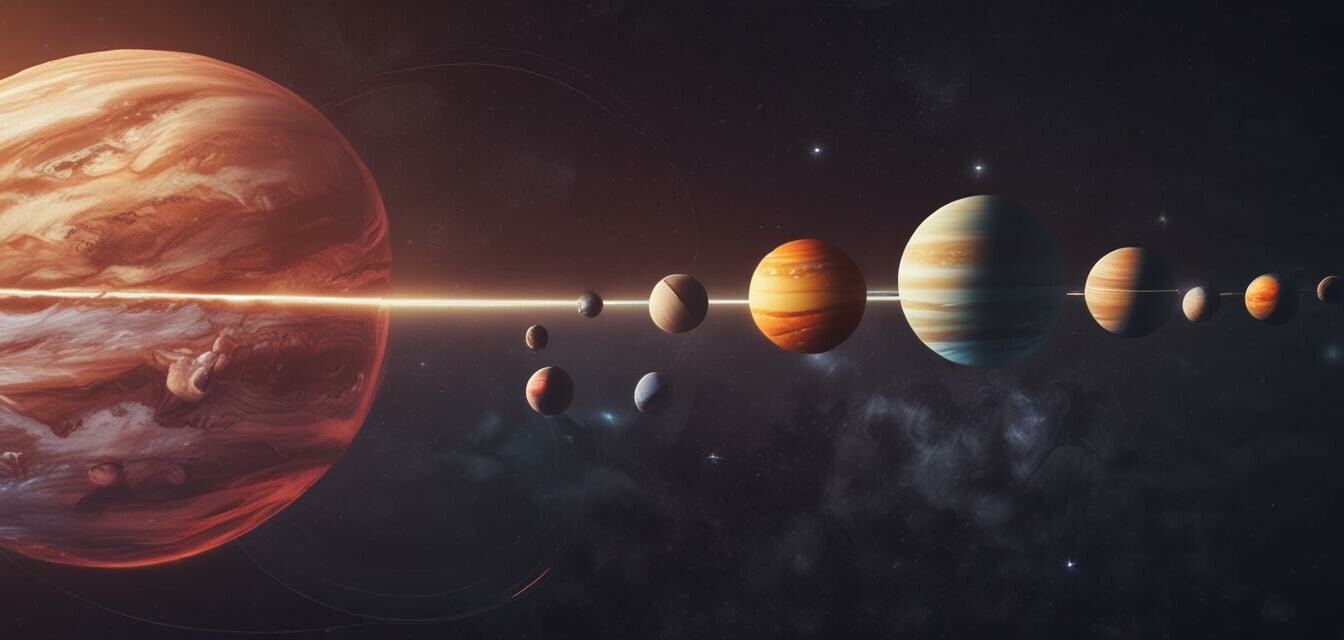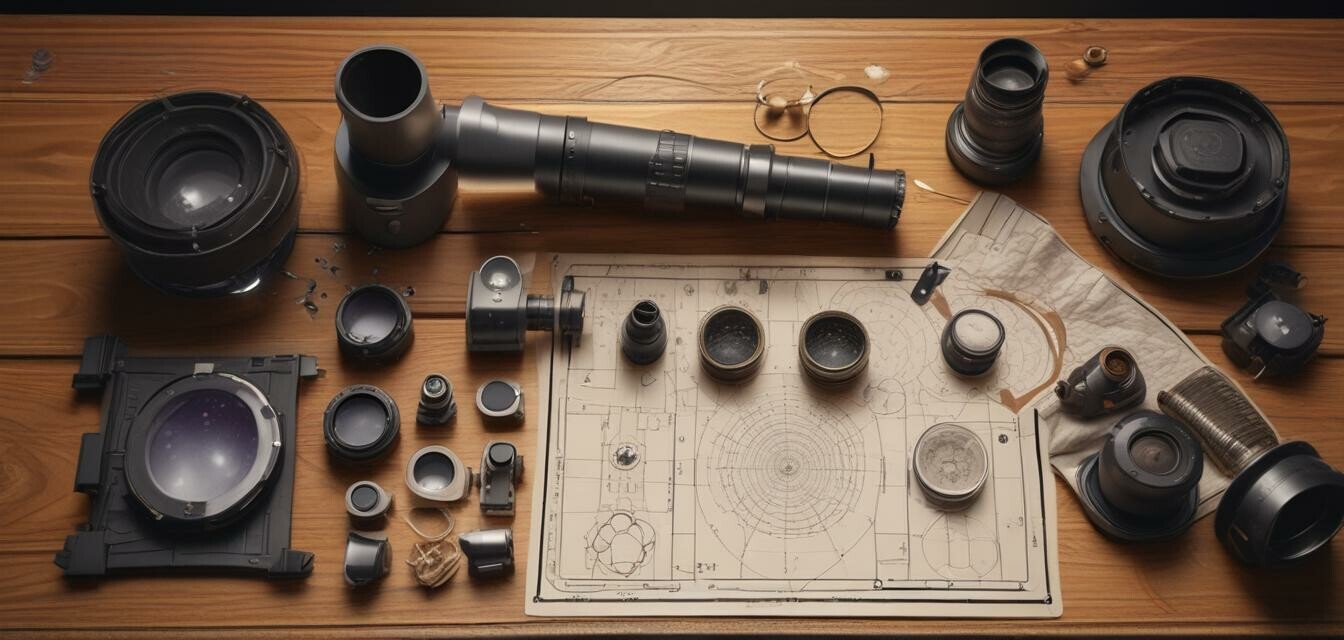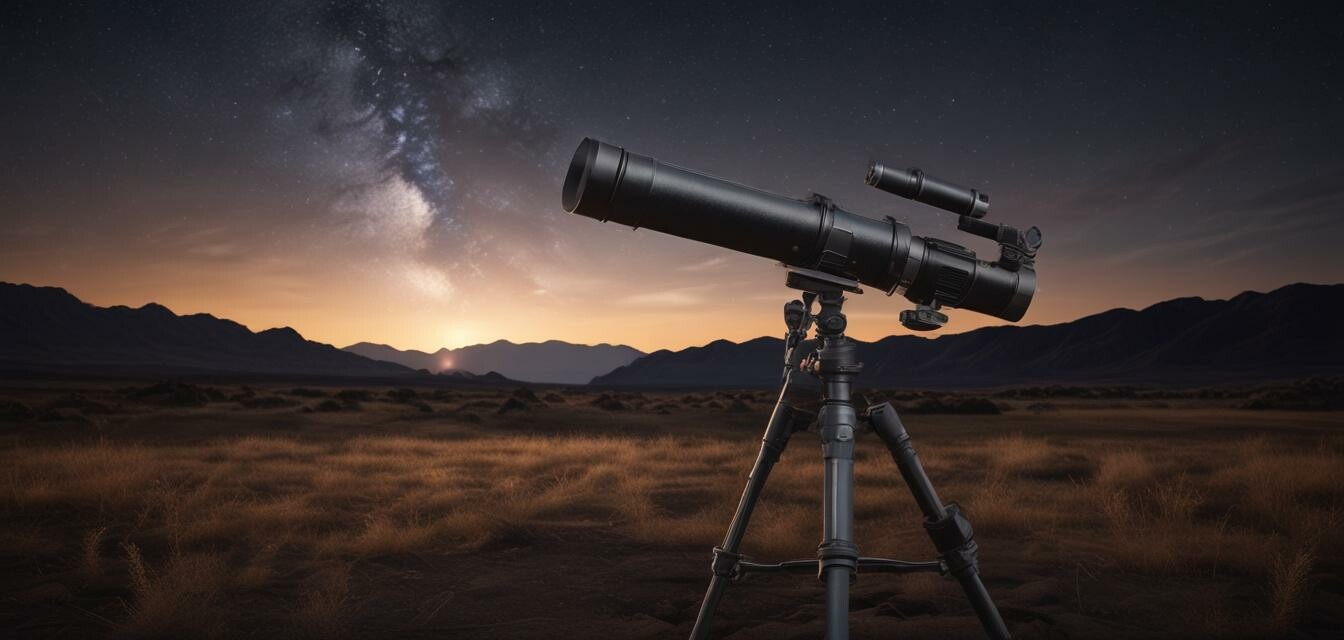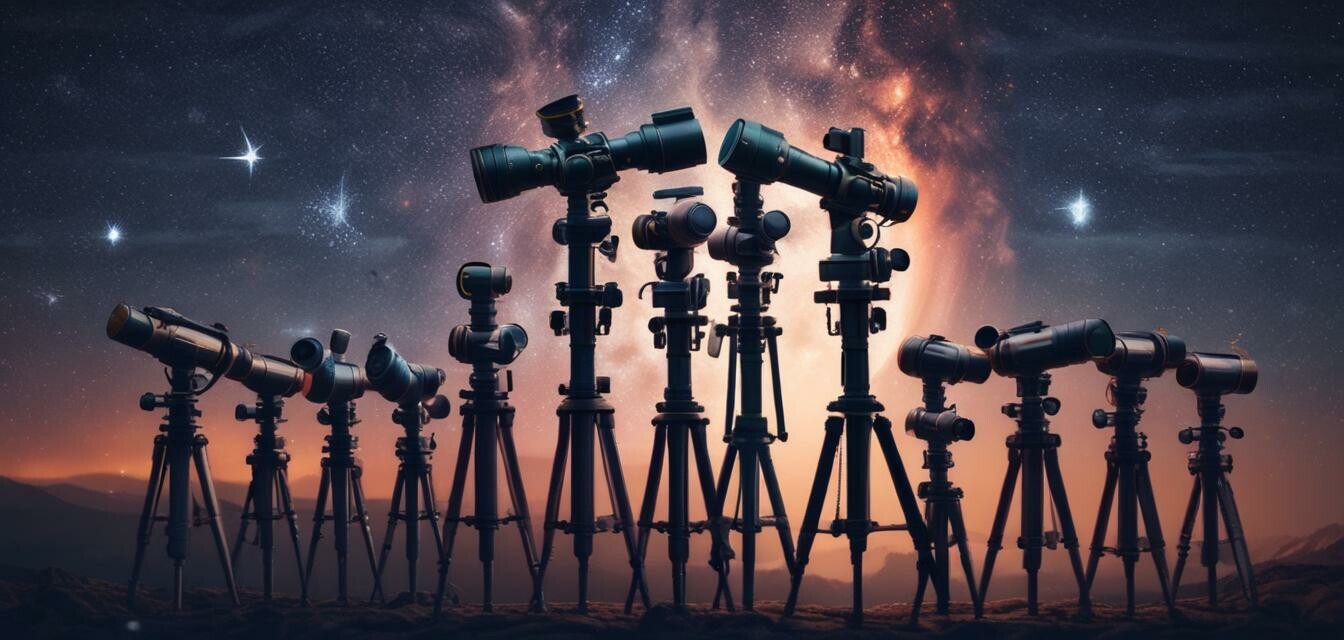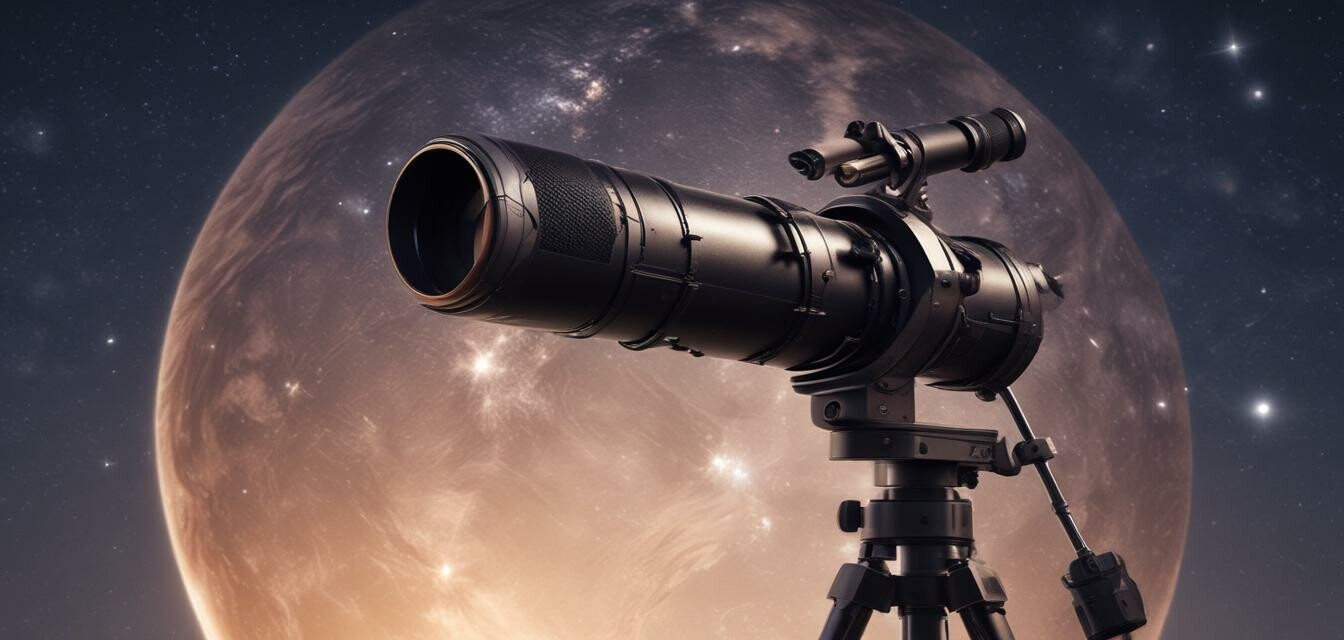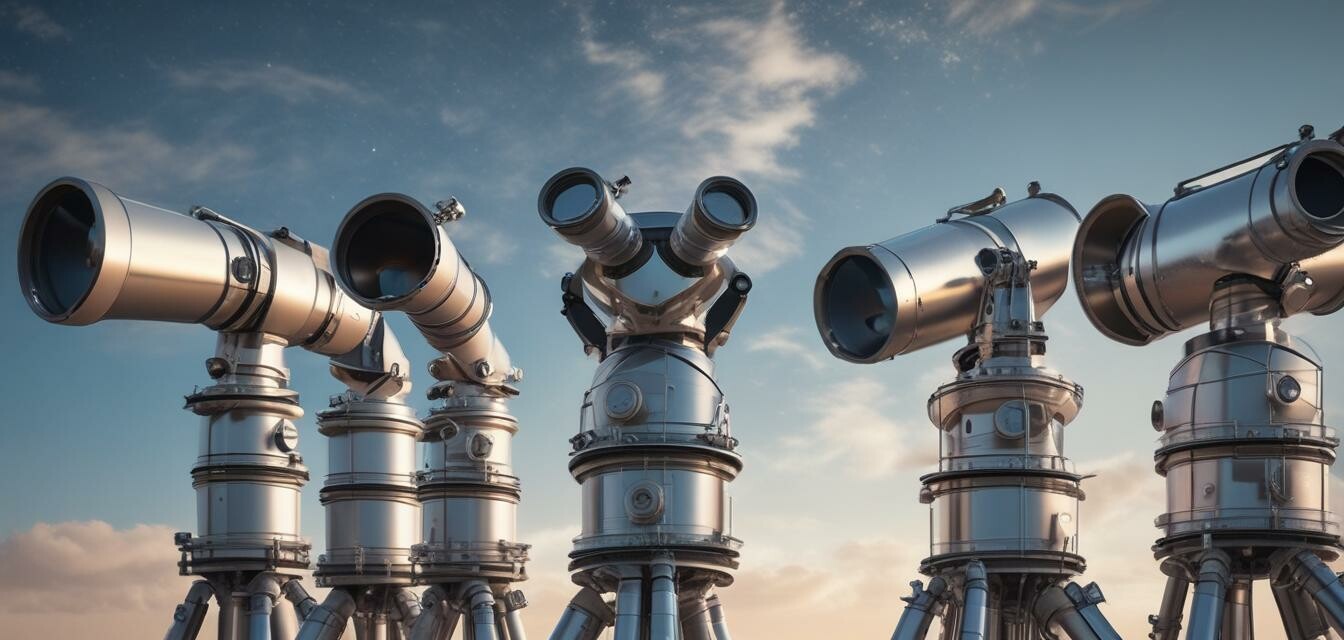
Maintenance of Telescopes
Key Takeaways
- Regular maintenance extends the life of your telescope.
- Different telescope types require different care techniques.
- Cleaning and protecting optics is essential for clear views.
- Proper storage safeguards against damage and dust accumulation.
Taking care of your telescope is crucial for ensuring optimal performance, especially if you are using it for planetary observation. Just like any precision instrument, your telescope requires regular maintenance to function correctly. In this article, we will explore the essential maintenance and care tips for telescopes, detailing how to properly clean, store, and protect your equipment to enhance your stargazing experience.
Understanding Your Telescope
Before diving into the maintenance tips, it’s essential to understand the various types of telescopes, as each type may require specific care techniques. Below is a brief overview of the main types of telescopes:
| Type of Telescope | Description | Maintenance Tips |
|---|---|---|
| Refractor Telescopes | Uses lenses to gather and focus light. | Clean lenses carefully; check for dust accumulation. |
| Reflecting Telescopes | Utilizes mirrors to reflect light. | Adjust mirrors according to care guidelines; keep the mirror surface clean. |
| Catadioptric Telescopes | Combines lenses and mirrors for refined optical performance. | Ensure correct alignment and clean optics when needed. |
| Digital Telescopes | Incorporates digital technology for enhanced viewing capabilities. | Regularly update software; clean electronic components responsibly. |
Essential Maintenance Tips
Cleaning Your Telescope Optics
Cleaning the optics of your telescope is crucial for maintaining image quality. Here’s how to clean the different components:
- Objective Lens: Use a soft lens cloth. Dampen the cloth with distilled water or lens cleaner, and gently wipe the lens in circular motions.
- Eyepieces: Remove eyepieces from the telescope and clean them using lens cleaning fluid and a microfibre cloth to avoid scratches.
- Mirrors: Avoid cleaning mirrors unless absolutely necessary. If you must clean, use a soft brush to remove dust, or use a specialized mirror cleaning fluid.
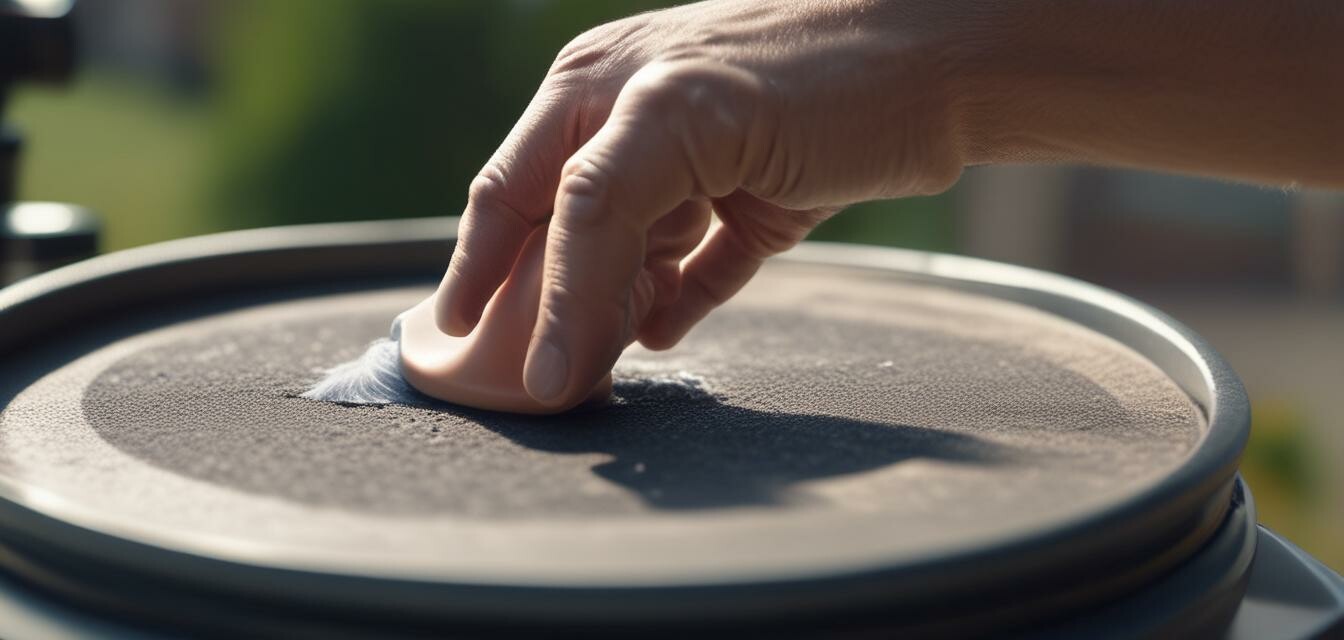
Adjusting Collimation
Collimation refers to aligning the optical components of your telescope. Misalignment can lead to blurry images.
- Use a collimation tool to check alignment.
- Adjust mirrors as per manufacturer guidelines.
- Perform collimation after transportation or storing for extended periods.
Storage Practices
Proper storage is fundamental to prevent damage and wear. Follow these steps for safe storage:
- Temperature Control: Store your telescope in a climate-controlled area to avoid temperature fluctuations that could harm sensitive components.
- Dust Covers: Use a dust cover to prevent dust from accumulating during non-use. Dust can affect image clarity significantly.
- Secure Positioning: Store your telescope in a secure location, avoiding areas where it could be knocked over or fall.
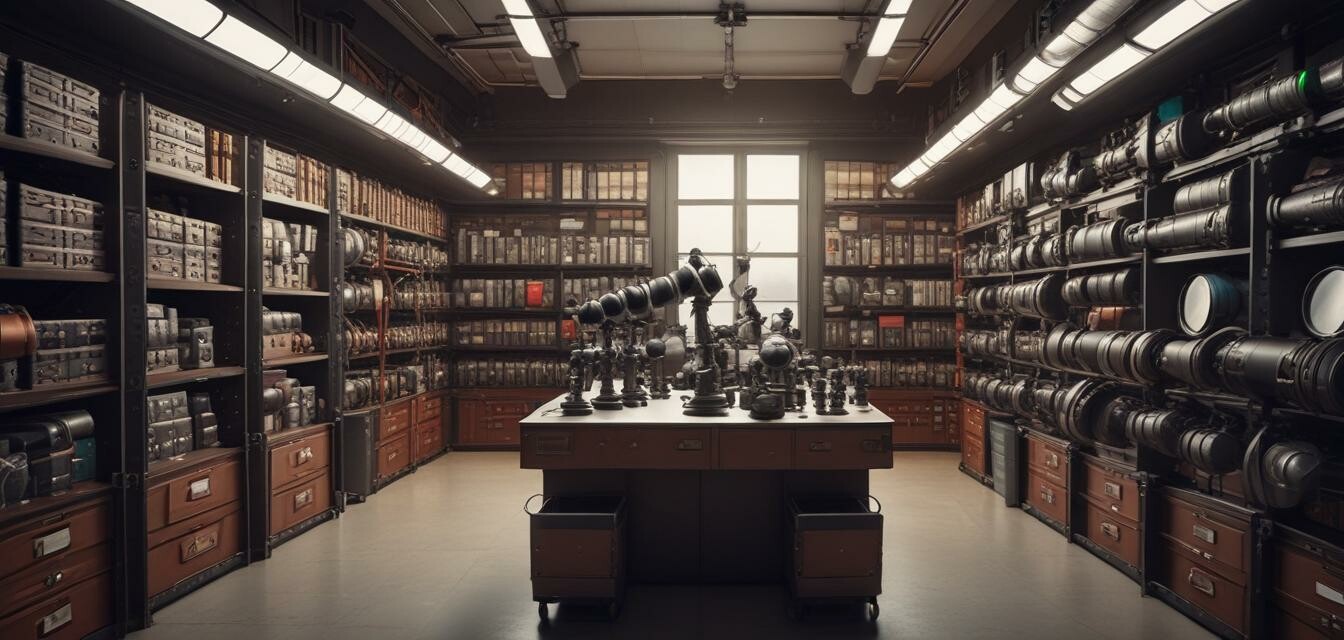
Long-term Care
Long-term care involves more than just cleaning and adjusting; it also includes regular checks and servicing:
- Schedule annual professional servicing if necessary, especially for high-end telescopes.
- Check for signs of wear on mounts and electronics regularly.
- Keep an eye on the weather conditions—extreme heat, humidity, or cold can affect optics and electronics.
Common Problems and Troubleshooting
Even with the best maintenance, you may encounter issues. Here are a few common problems and their solutions:
| Problem | Possible Cause | Solution |
|---|---|---|
| Blurry images | Dirty optics or misalignment | Clean optics and check collimation. |
| Focusing issues | Incorrect eyepiece or equipment setup | Check eyepiece compatibility; adjust focusing mechanism. |
| Mounting problems | Improper installation | Ensure all components are securely mounted and leveled. |
Conclusion
Proper maintenance of your telescope is vital for getting the most out of your planetary observations. By following the tips outlined in this article, you’re not only extending the lifespan of your telescope but enhancing your overall viewing experience. Remember that different types of telescopes have unique maintenance requirements, and investing time in care will pay off with clearer, more enjoyable star-gazing sessions.
Beginner Tips for Telescope Maintenance
- Start cleaning your telescope only when necessary to avoid damage.
- Familiarize yourself with your telescope's manual for specific maintenance guidelines.
- Join astronomy clubs or online communities for additional support and advice.
Pros
- Enhances clarity and performance of observations.
- Extends the life of expensive equipment.
- Prevents common issues from arising.
Cons
- May require specific tools or products for proper maintenance.
- Time-consuming; can deter casual users.
- Requires a basic understanding of optics.
Additional Resources
For further reading, consider exploring our product categories:
